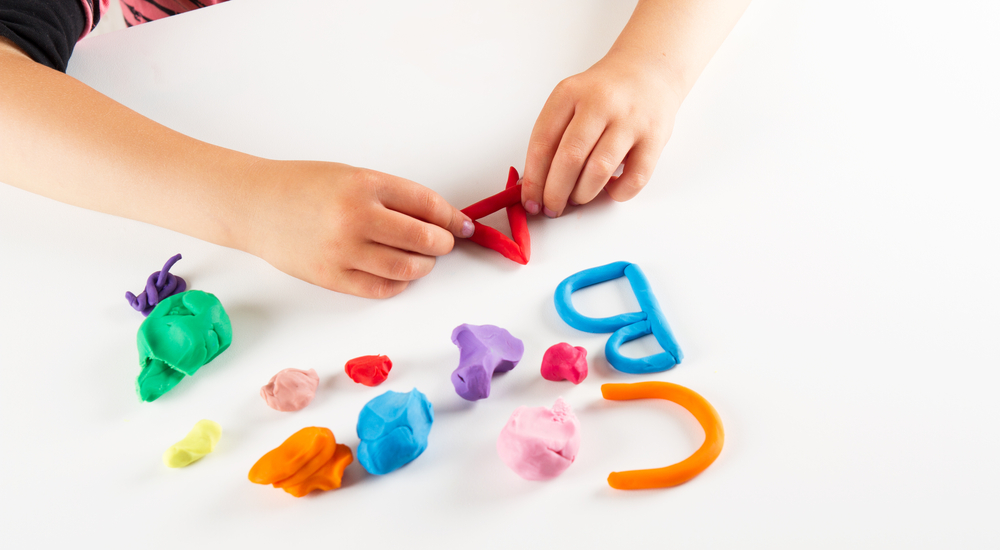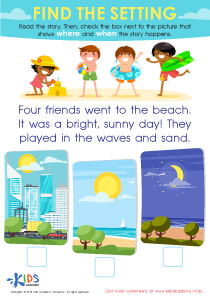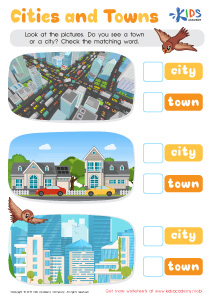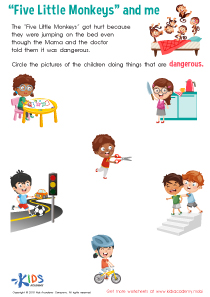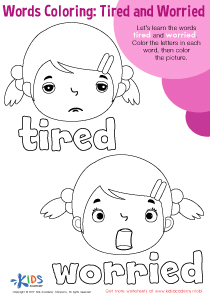Easy Reading Worksheets for Ages 3-5
51 filtered results
-
From - To
Discover the joy of early learning with our Easy Reading Worksheets, expertly crafted for ages 3-5. These engaging and colorful worksheets are designed to inspire a love for reading at a tender age, laying the foundation for lifelong learning. Tailored to captivate young minds, our worksheets cover fundamental reading skills through a variety of fun activities. From identifying letters and sounds to simple word recognition, each worksheet is a step towards building confidence and enthusiasm in early readers. Watch your child's reading abilities flourish with our Easy Reading Worksheets, the perfect starting point for ages 3-5.
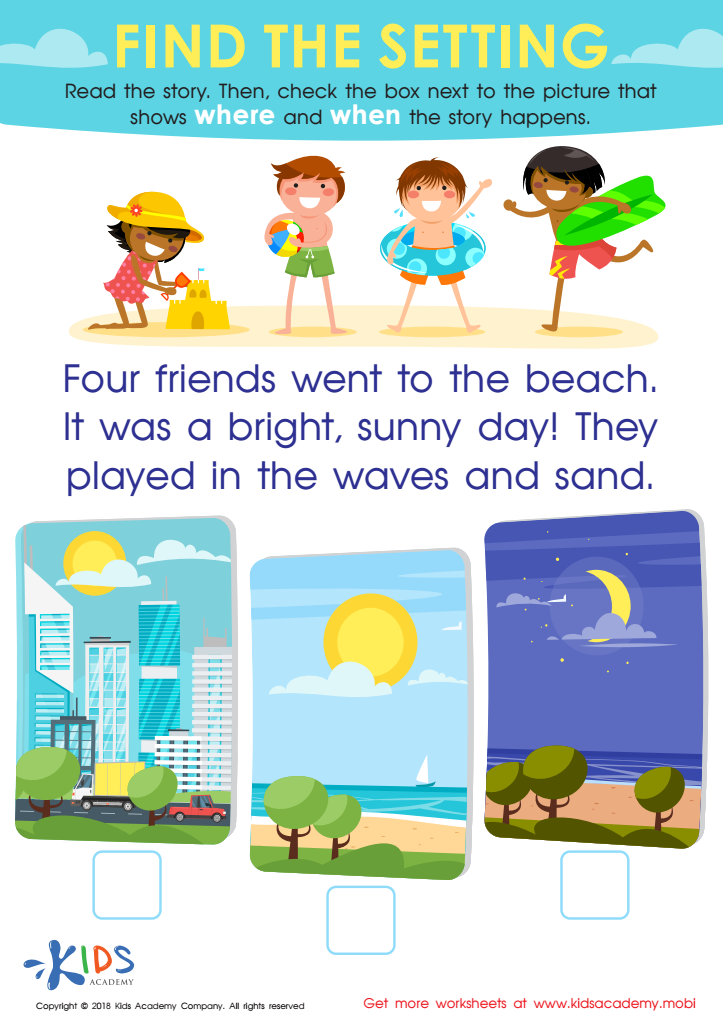

Find the Setting Worksheet
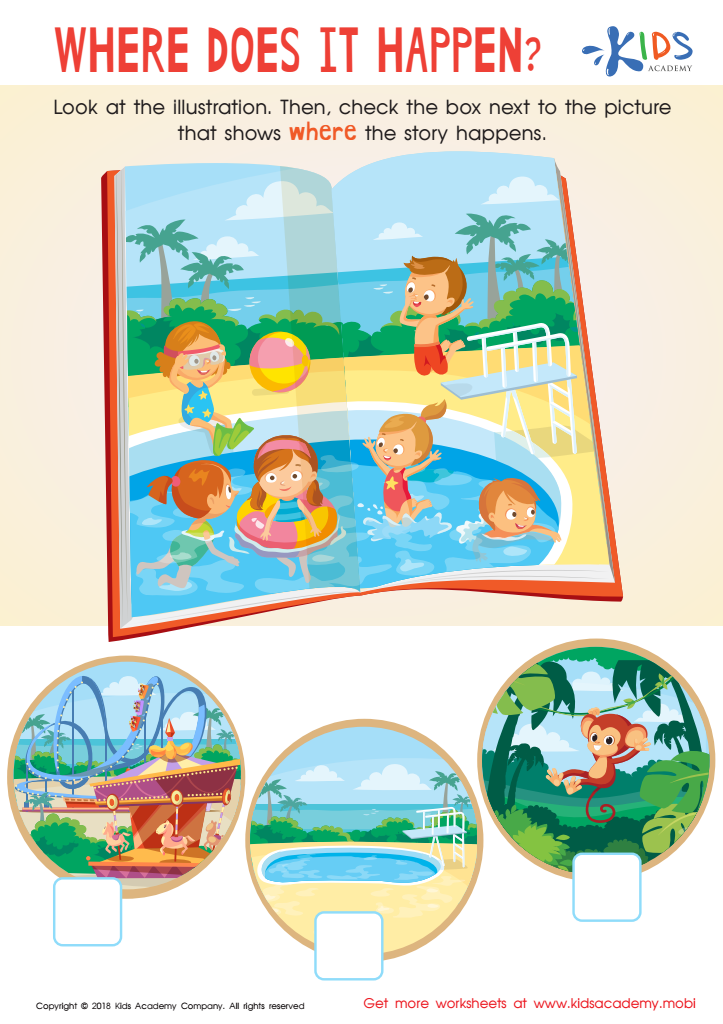

Where Does It Happen? Worksheet
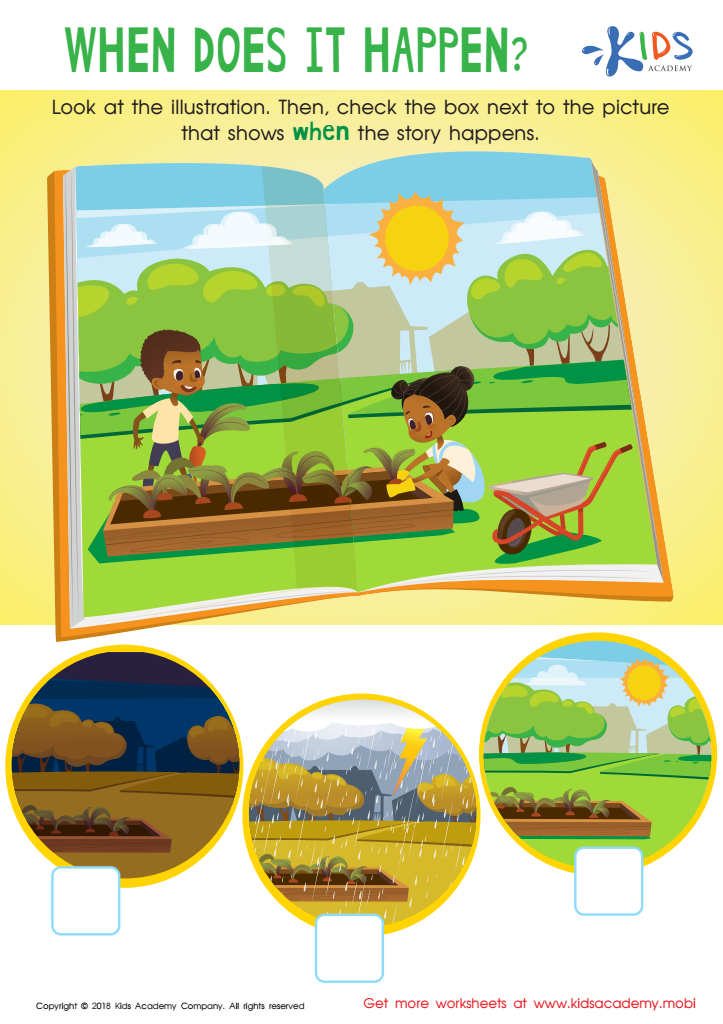

When Does It Happen? Worksheet
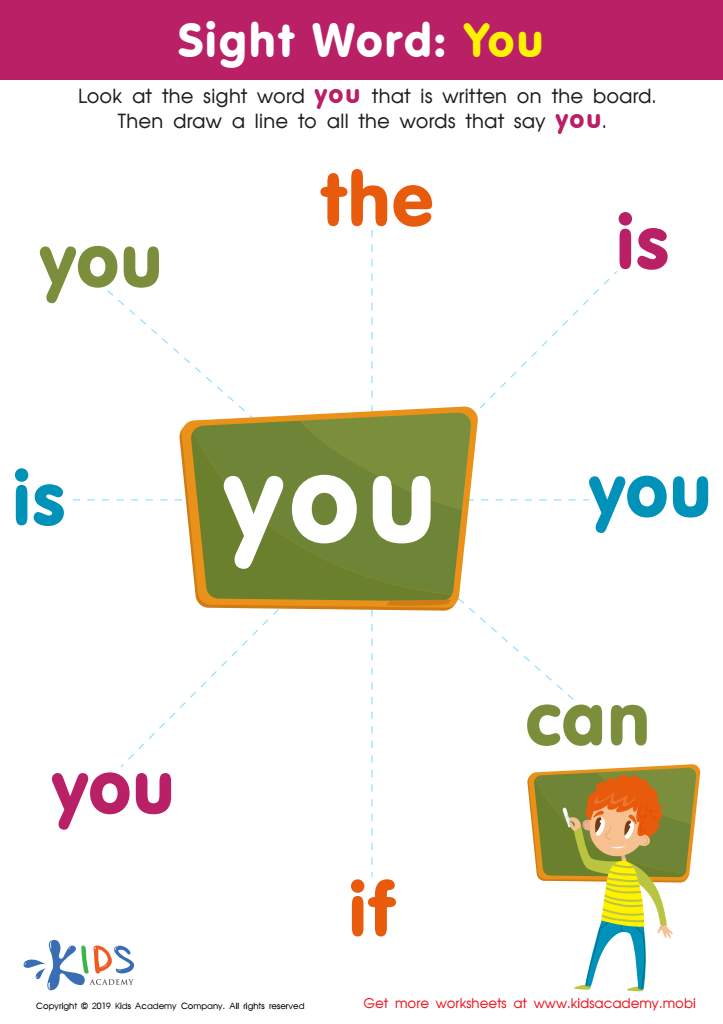

Sight Word You Worksheet
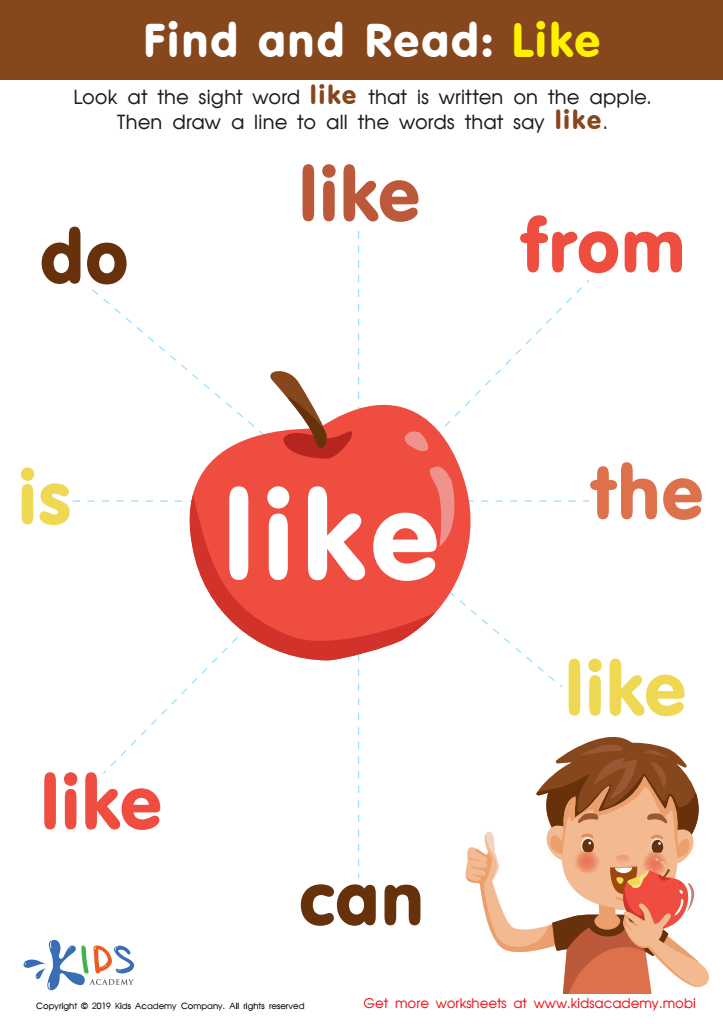

Find and Read: Like Worksheet
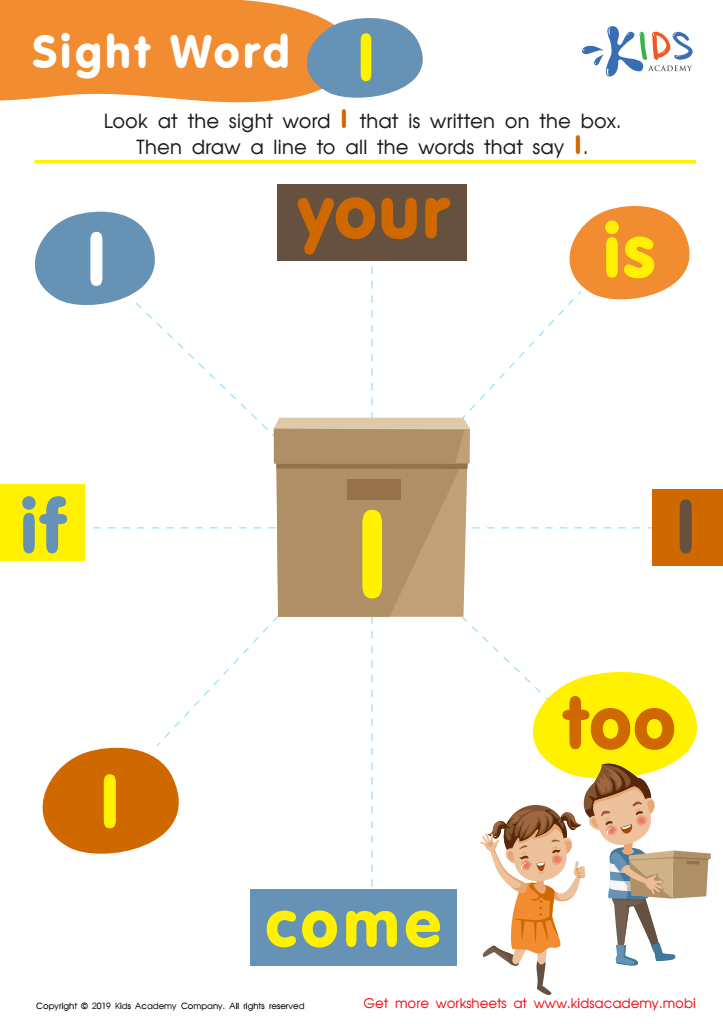

Sight Word I Worksheet
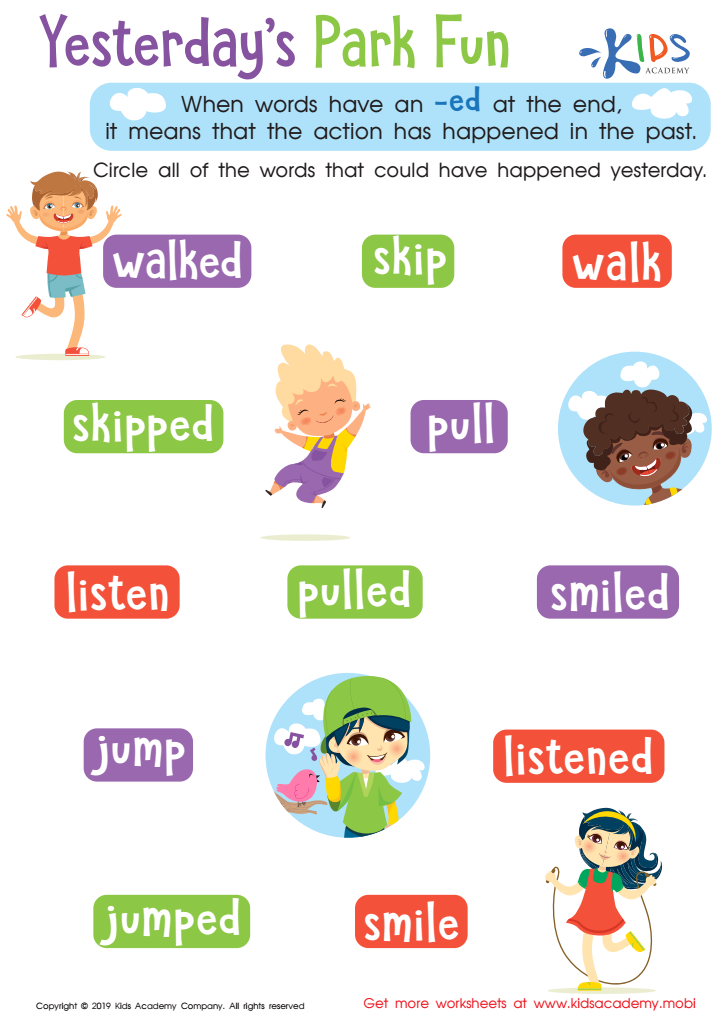

Yesterday's Park Fun Worksheet
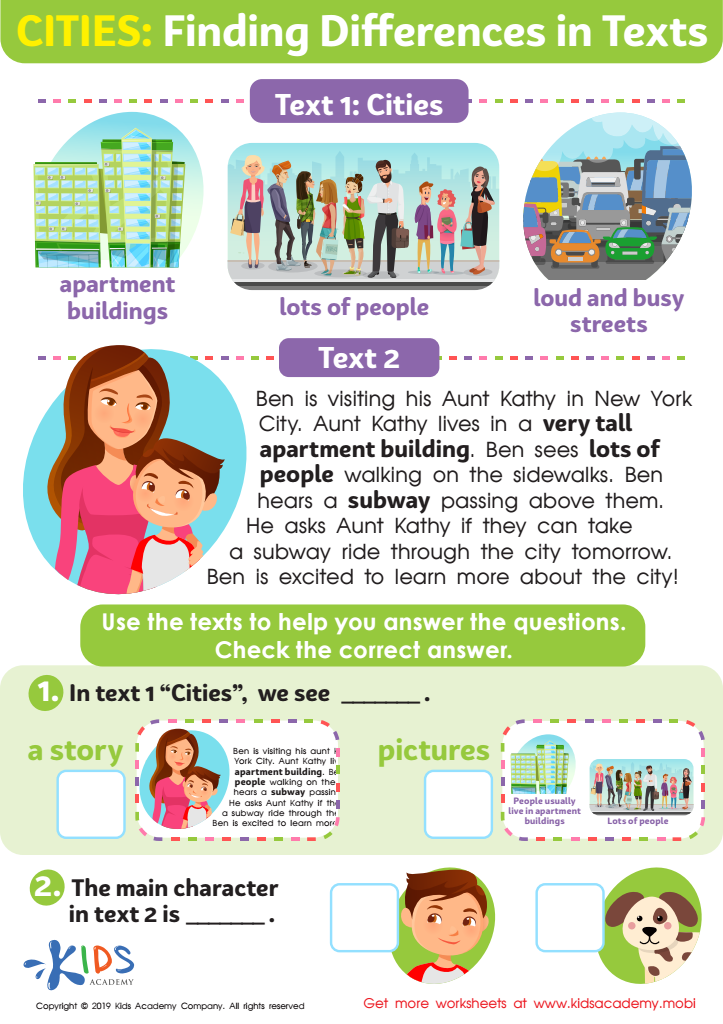

Cities: Finding Differences Worksheet
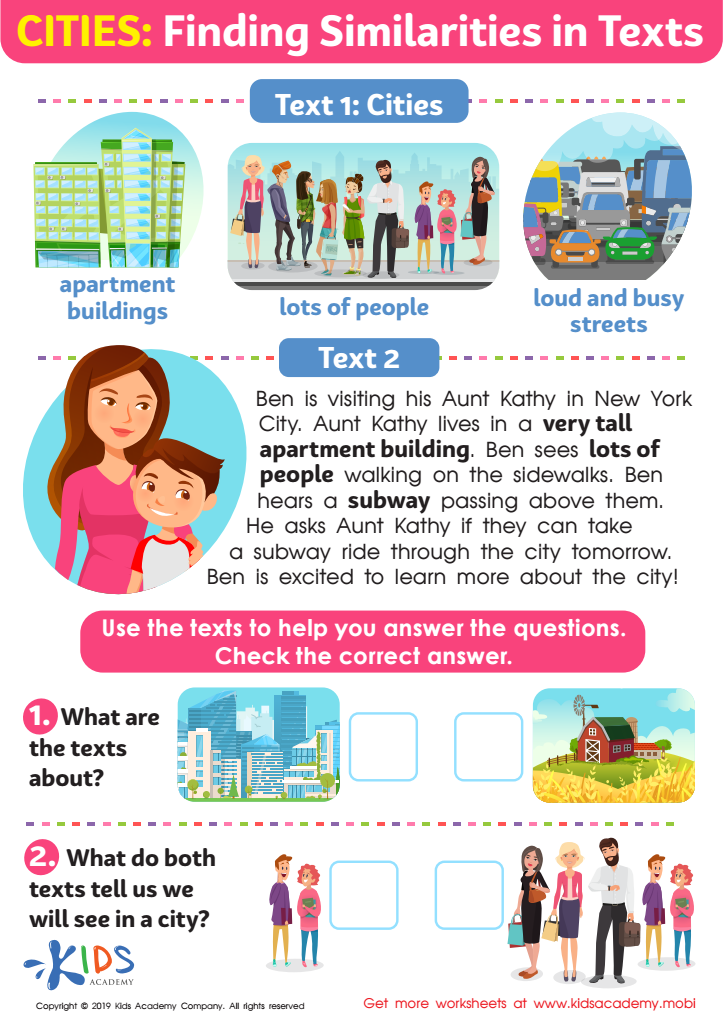

Cities: Finding Similarities Worksheet
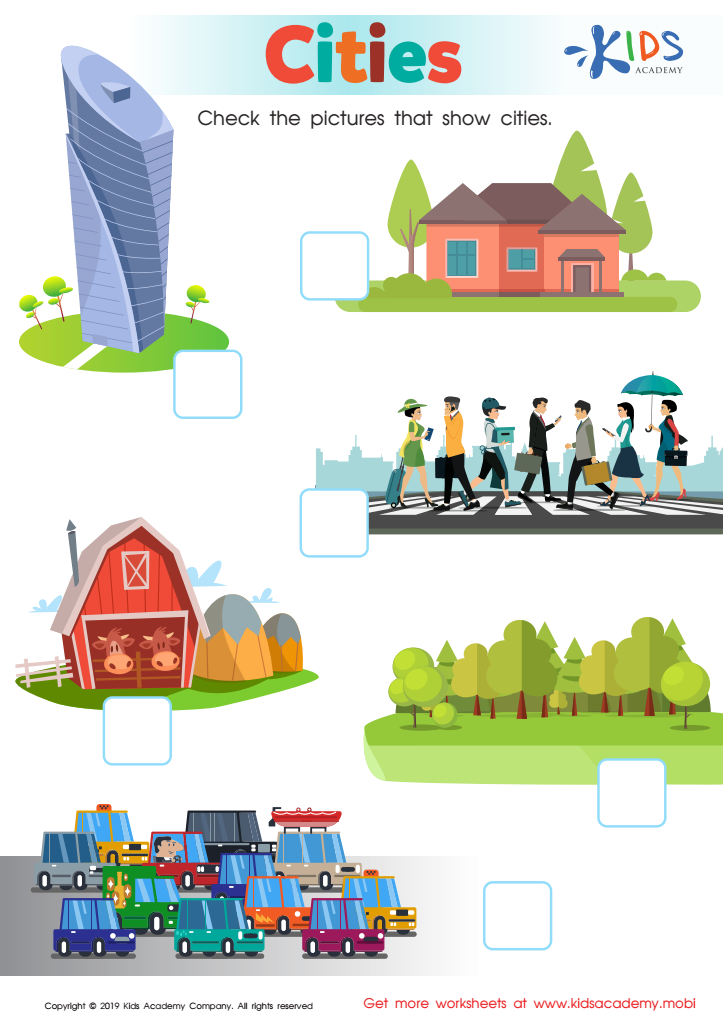

Cities Worksheet
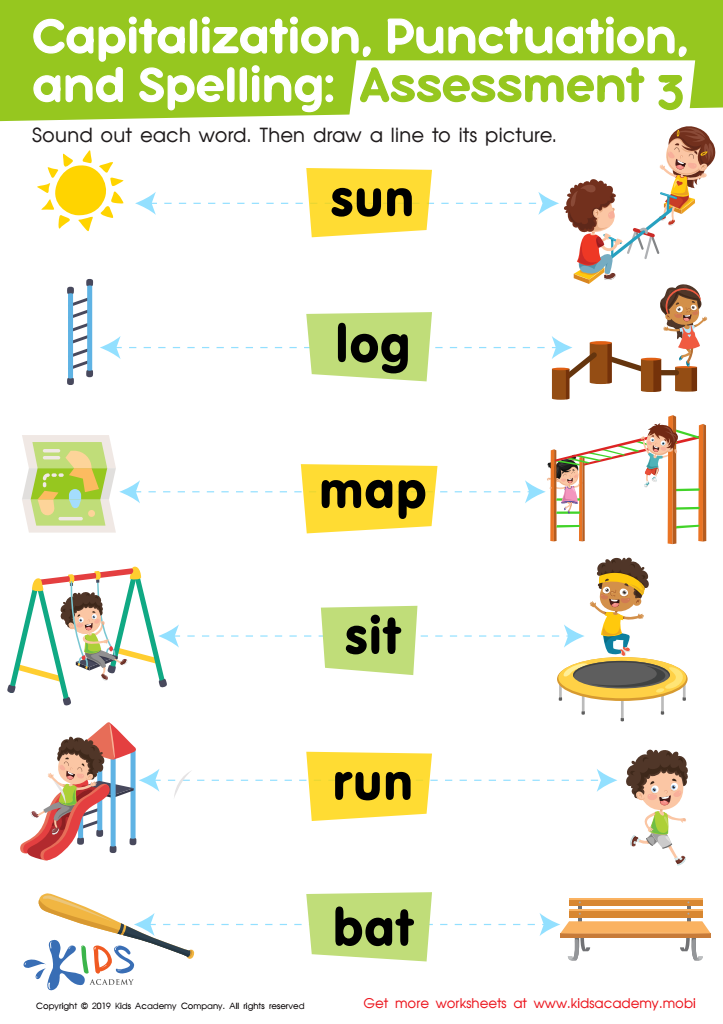

Capitalization. Punctuation. Spelling. Assessment 3 Worksheet
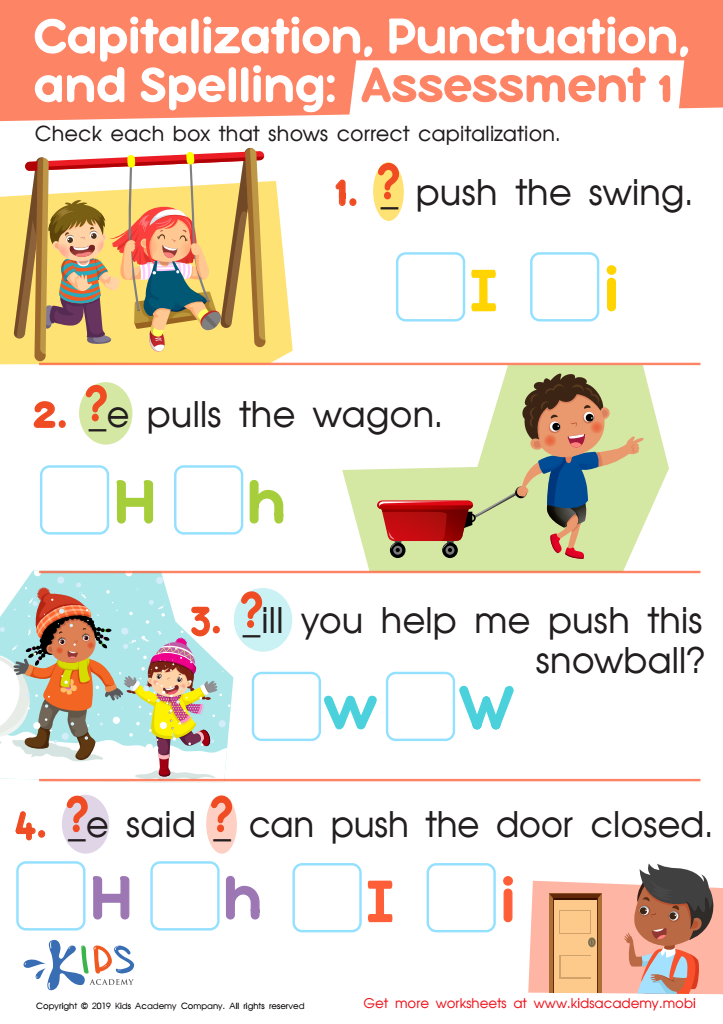

Capitalization. Punctuation. Spelling: Assessment 1 Worksheet
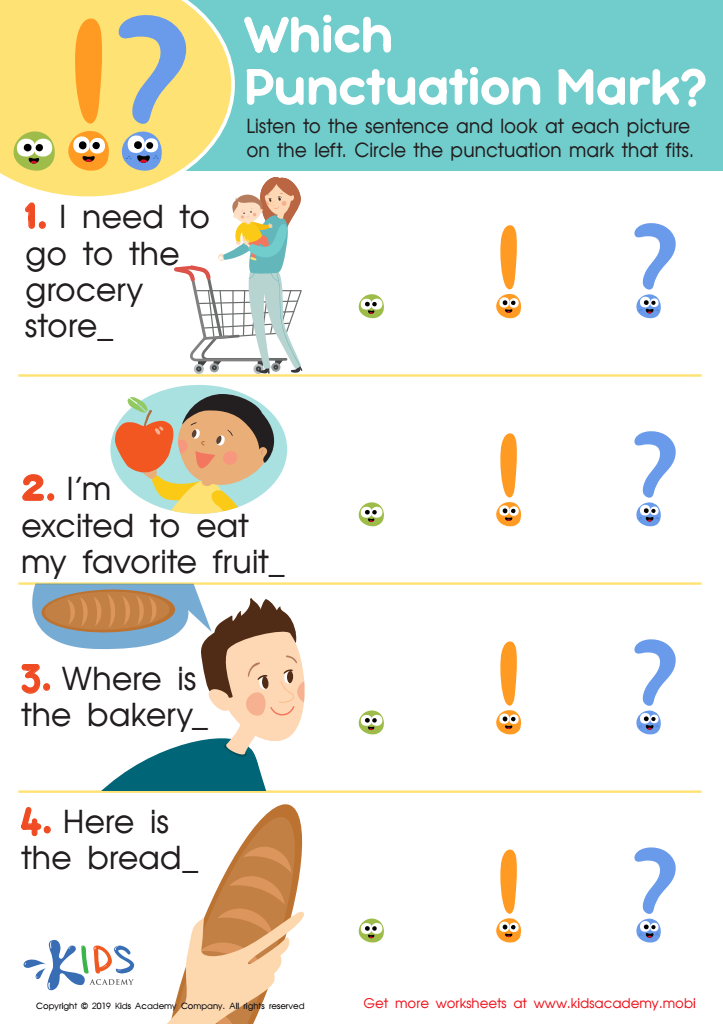

Which Punctuation Mark Worksheet
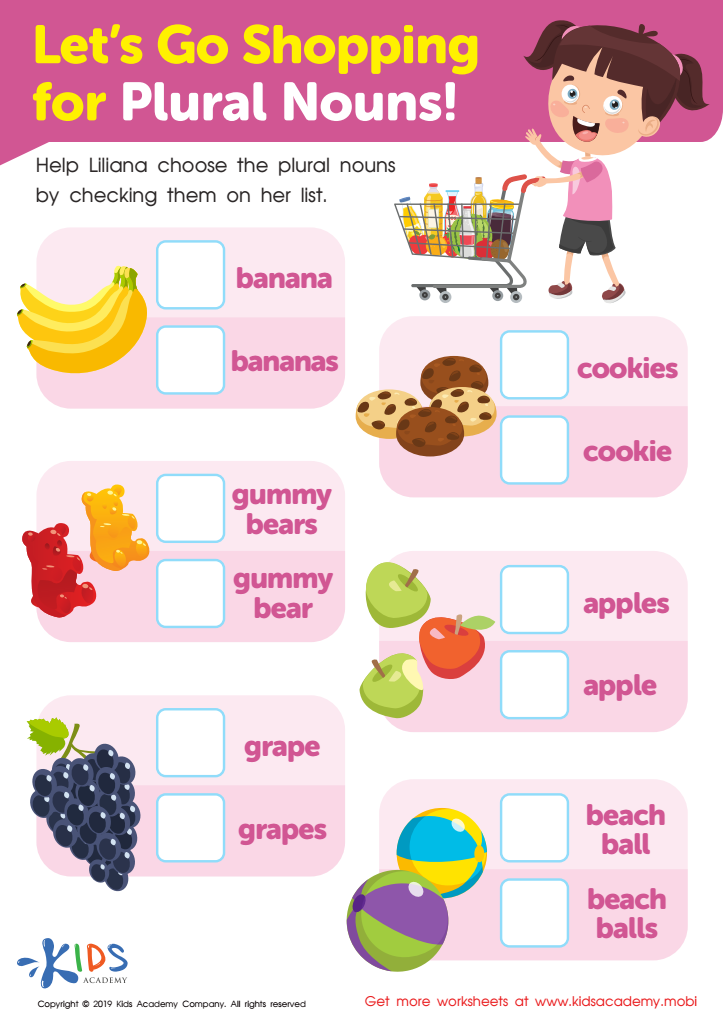

Let's Go Shopping for Plural Nouns! Worksheet
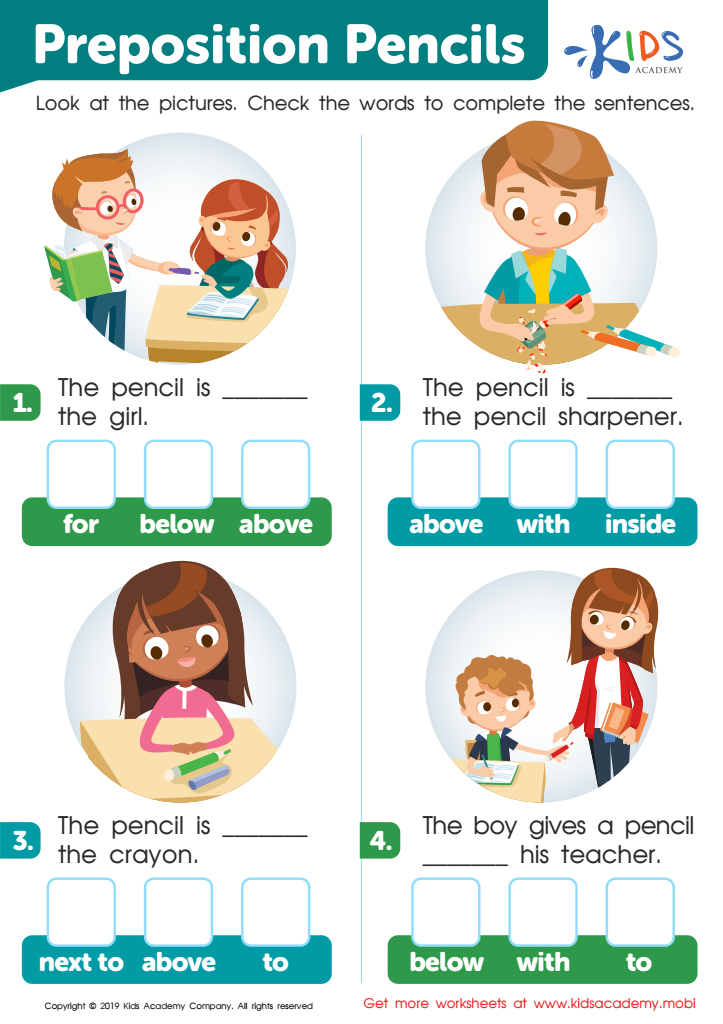

Preposition Pencils Worksheet
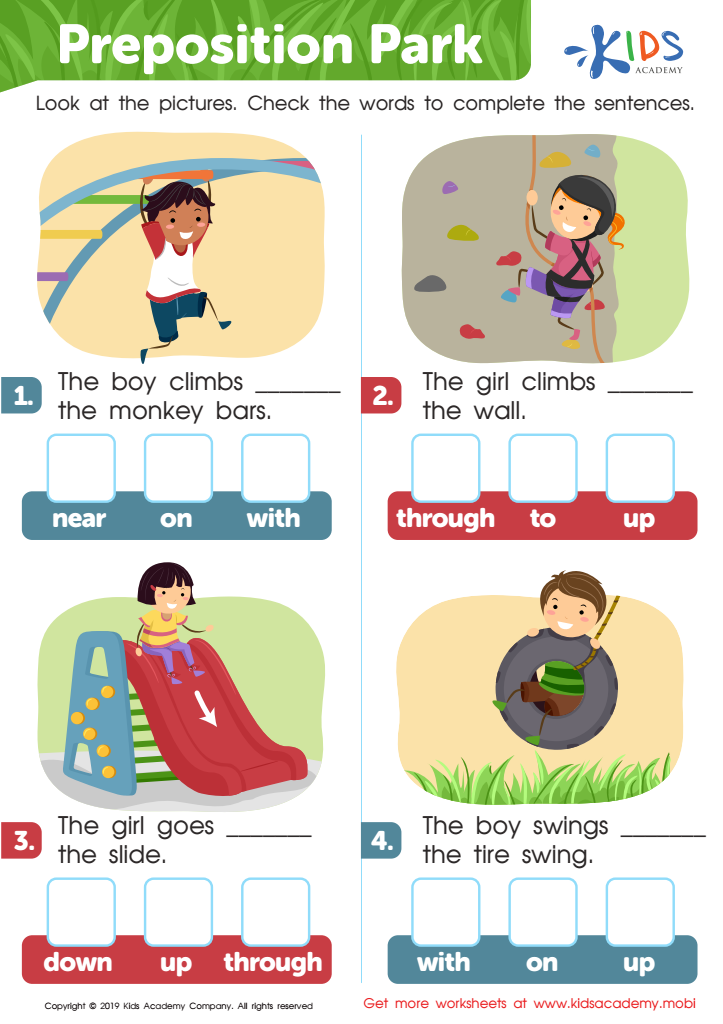

Preposition Park Worksheet
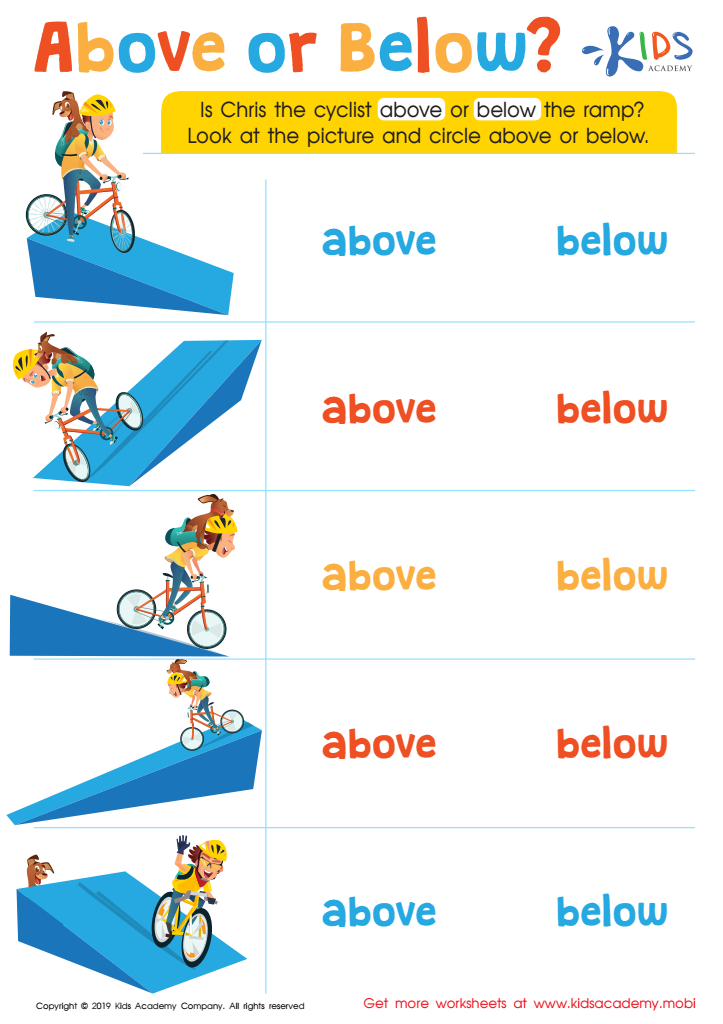

Above or Below? Worksheet
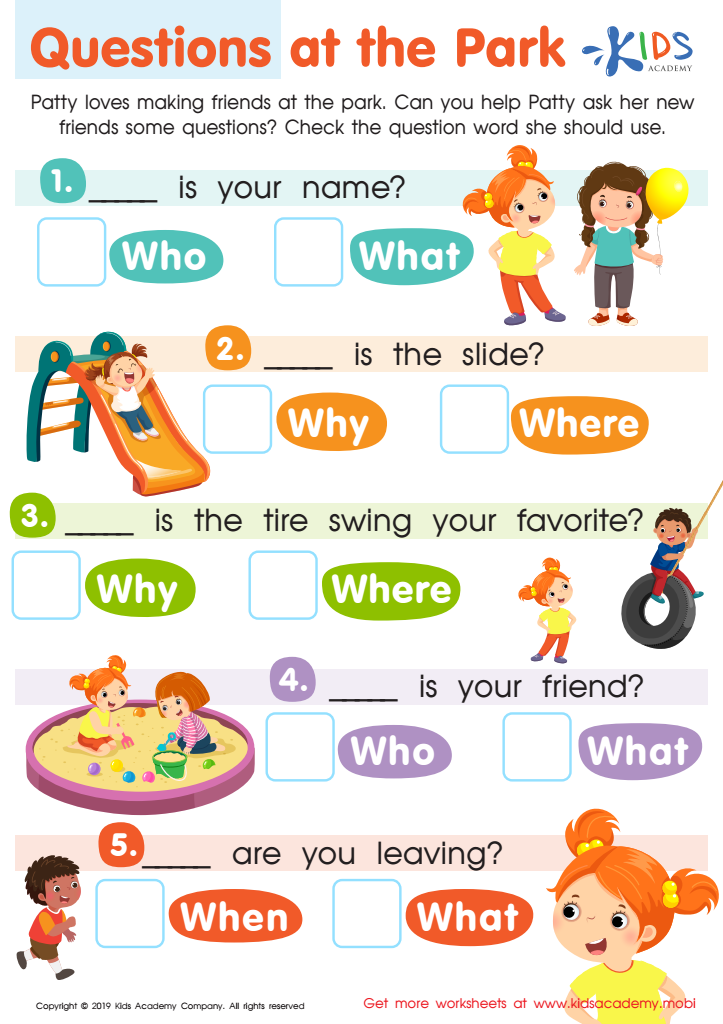

Questions at the Park Worksheet
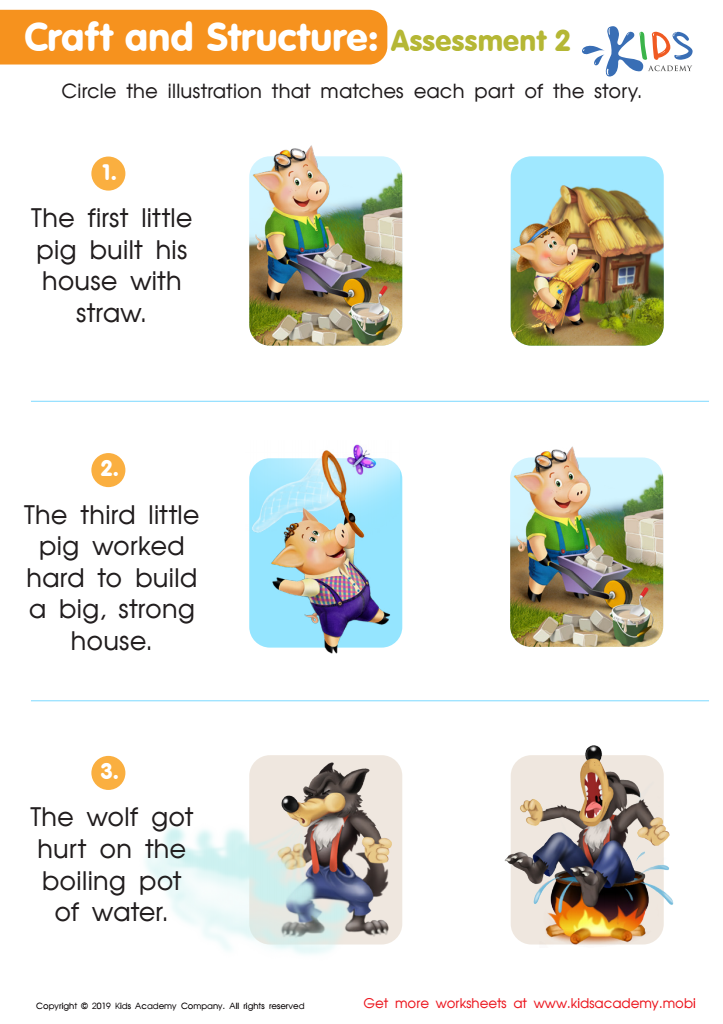

Craft and Structure: Assessment 2 Worksheet 2
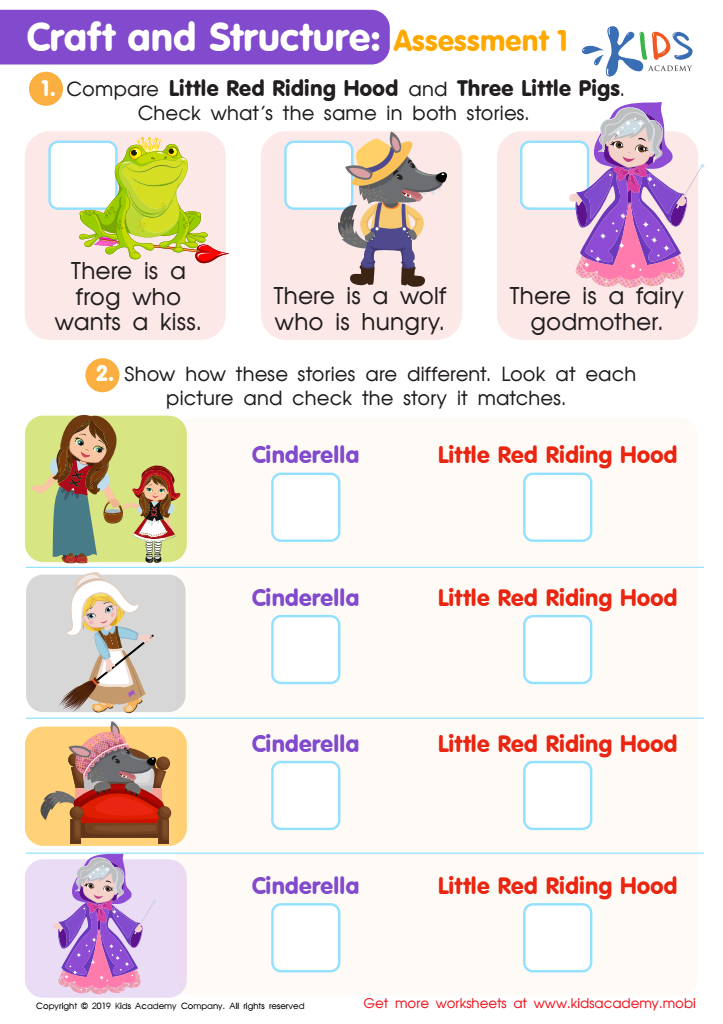

Craft and Structure: Assessment 1 Worksheet
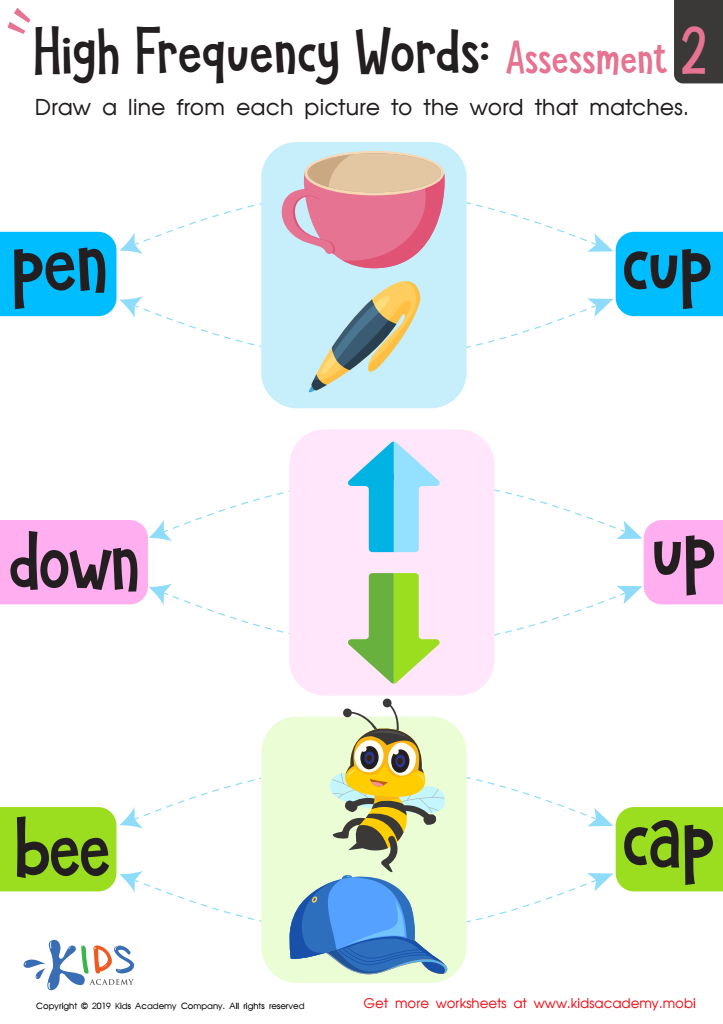

High Frequency Words: Assessment 2 Worksheet


High Frequency Words: Assessment 1 Worksheet
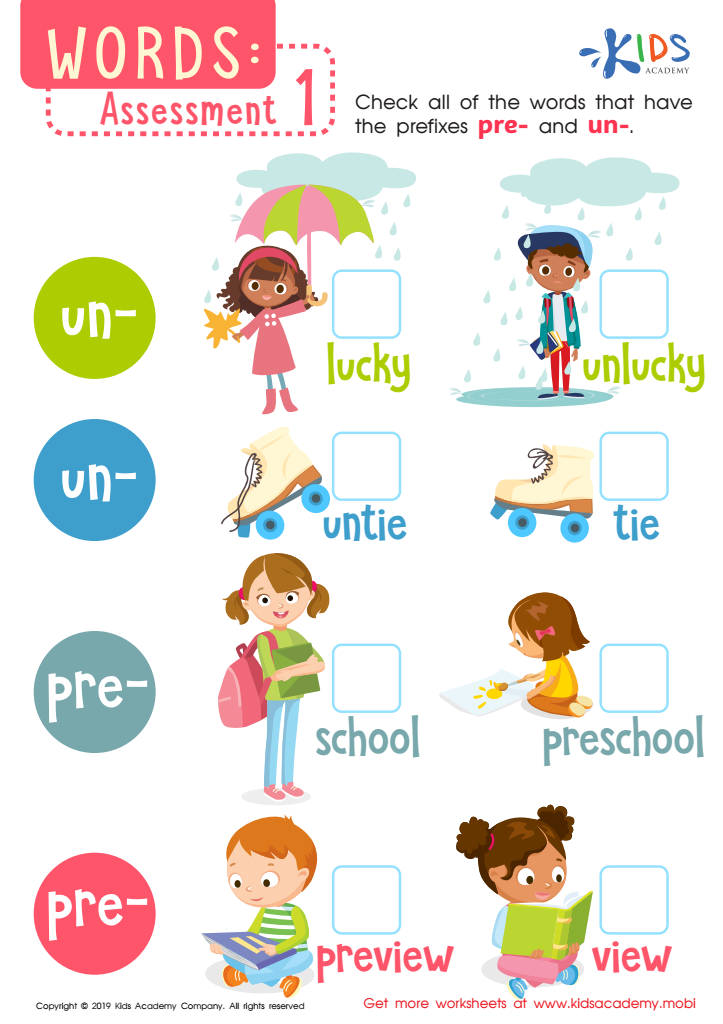

Words: Assessment 1 Worksheet
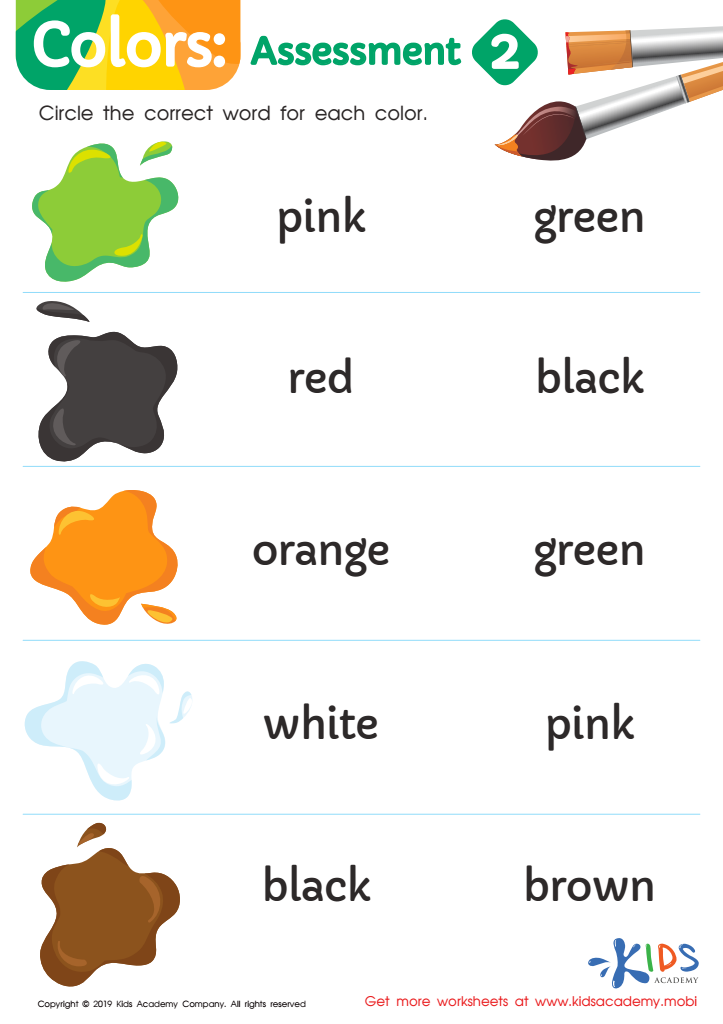

Colors: Assessment 2 Worksheet
Easy Reading for Ages 3-5 worksheets serve as an essential tool in early childhood education, paving the way for young learners to embark on their literacy journey. These worksheets are specifically designed to cater to the developmental stages of children aged 3 to 5, making learning not only accessible but also engaging. The utility of Easy Reading worksheets for this age group cannot be understated for several reasons.
Firstly, they introduce children to the fundamentals of reading in a manner that is easy to understand. Through simple activities, children learn to recognize letters, understand phonics, and begin to connect sounds with symbols. This foundational knowledge is crucial for developing fluent reading skills as they progress in their education.
Moreover, Easy Reading worksheets are crafted with young learners in mind, incorporating colorful illustrations and themes that capture their interest. This encourages children to engage with the material, turning what could be seen as a challenging task into a fun and enjoyable activity. By making reading enjoyable, these worksheets lay the groundwork for a lifelong love of learning.
Additionally, these worksheets support cognitive development in children aged 3 to 5 by improving their vocabulary, enhancing their comprehension skills, and fostering an environment where critical thinking begins to take root. Through repetitive practice and exposure to new words, children expand their language skills, which are vital for all areas of learning.
In summary, Easy Reading for Ages 3-5 worksheets are a valuable resource in early childhood education. They not only simplify the learning process but also make reading an exciting adventure for young minds, setting a positive trajectory for their educational journey.

 Assign to My Students
Assign to My Students












